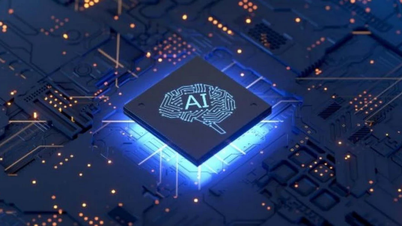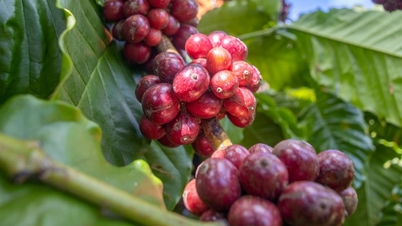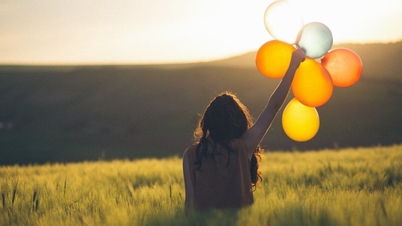Origin of meteors
Meteors are created from meteoroid debris, often left behind after a comet passes by the Sun. As the comet passes, the ice and dust on its surface evaporates, creating a cloud of debris that floats in space.
When the Earth moves into the exact area where these pieces of debris are located – often at the same time each year – the dust particles are sucked into Earth's atmosphere.

Illustration photo.
Spectacular luminous phenomenon
These pieces of dust or rock, though very small, when rushing into the atmosphere at speeds of up to 11–72 km/s, they collide strongly with the air, creating heat and burning brightly. That is the streak of light we call a meteor.
Most meteors burn up completely before hitting the ground. But if a piece is large enough and doesn't burn up completely, the remaining part that falls to the ground is called a meteorite.
When can you see shooting stars?
Meteors can appear sporadically at any time, but the best times to see them are during the regular meteor showers. Some famous showers are the Perseids (August), Geminids (December), or Quadrantids (January).
These are times when the Earth passes through a cloud of dust left behind by a comet, causing meteor showers to spike – possibly hundreds per hour.
Meteor: a cosmic wonder in the night sky
Though they are just tiny bits of dust from space, meteors still make for one of the most spectacular sights in the sky. Not only are they beautiful, they also hold valuable clues that help scientists understand the history of the Solar System and the universe.
Have you ever made a wish when you saw a shooting star? Perhaps the magic lies not only in the light, but also in the millions of years it has traveled to reach our night sky.
Source: https://doanhnghiepvn.vn/cong-nghe/sao-bang-hinh-thanh-nhu-the-nao/20250419020114735







![[Photo] Opening of the 14th Conference of the 13th Party Central Committee](https://vphoto.vietnam.vn/thumb/1200x675/vietnam/resource/IMAGE/2025/11/05/1762310995216_a5-bnd-5742-5255-jpg.webp)









![[Photo] Discover Con Ho on the Co Chien River](https://vphoto.vietnam.vn/thumb/402x226/vietnam/resource/IMAGE/2025/11/05/1762321199846_1-64-jpg.webp)










![[Photo] Panorama of the Patriotic Emulation Congress of Nhan Dan Newspaper for the period 2025-2030](https://vphoto.vietnam.vn/thumb/1200x675/vietnam/resource/IMAGE/2025/11/04/1762252775462_ndo_br_dhthiduayeuncbaond-6125-jpg.webp)











































































Comment (0)